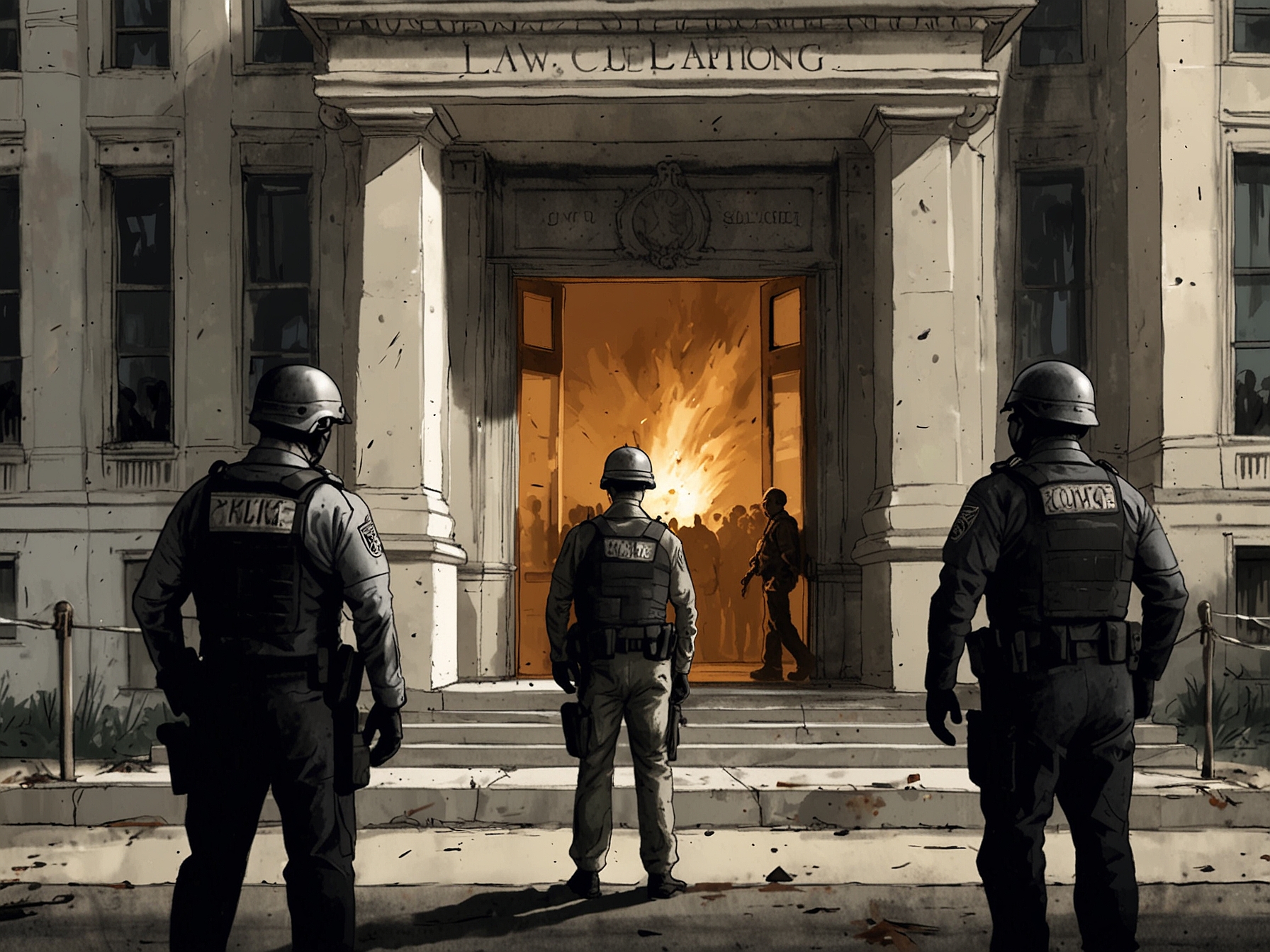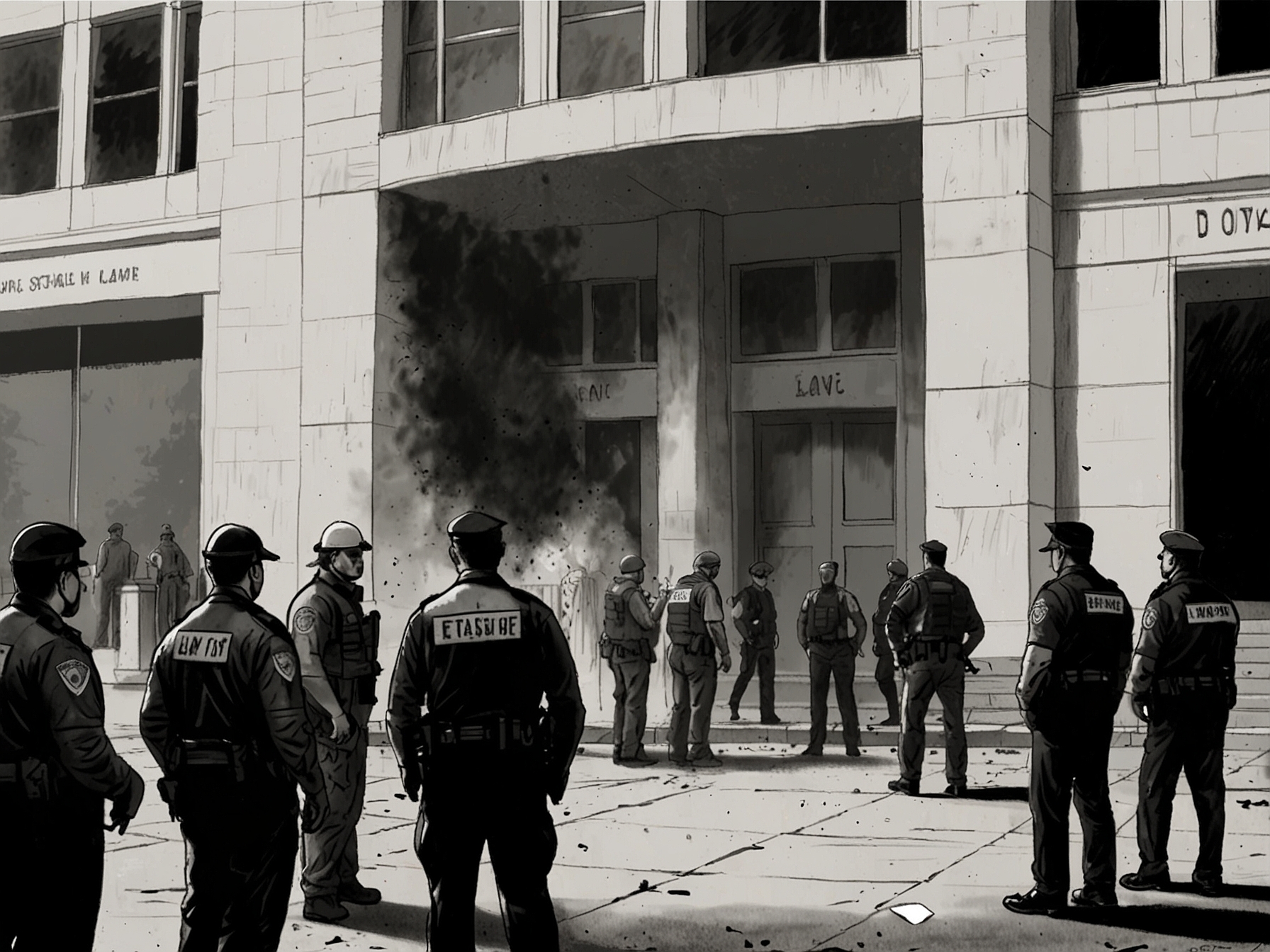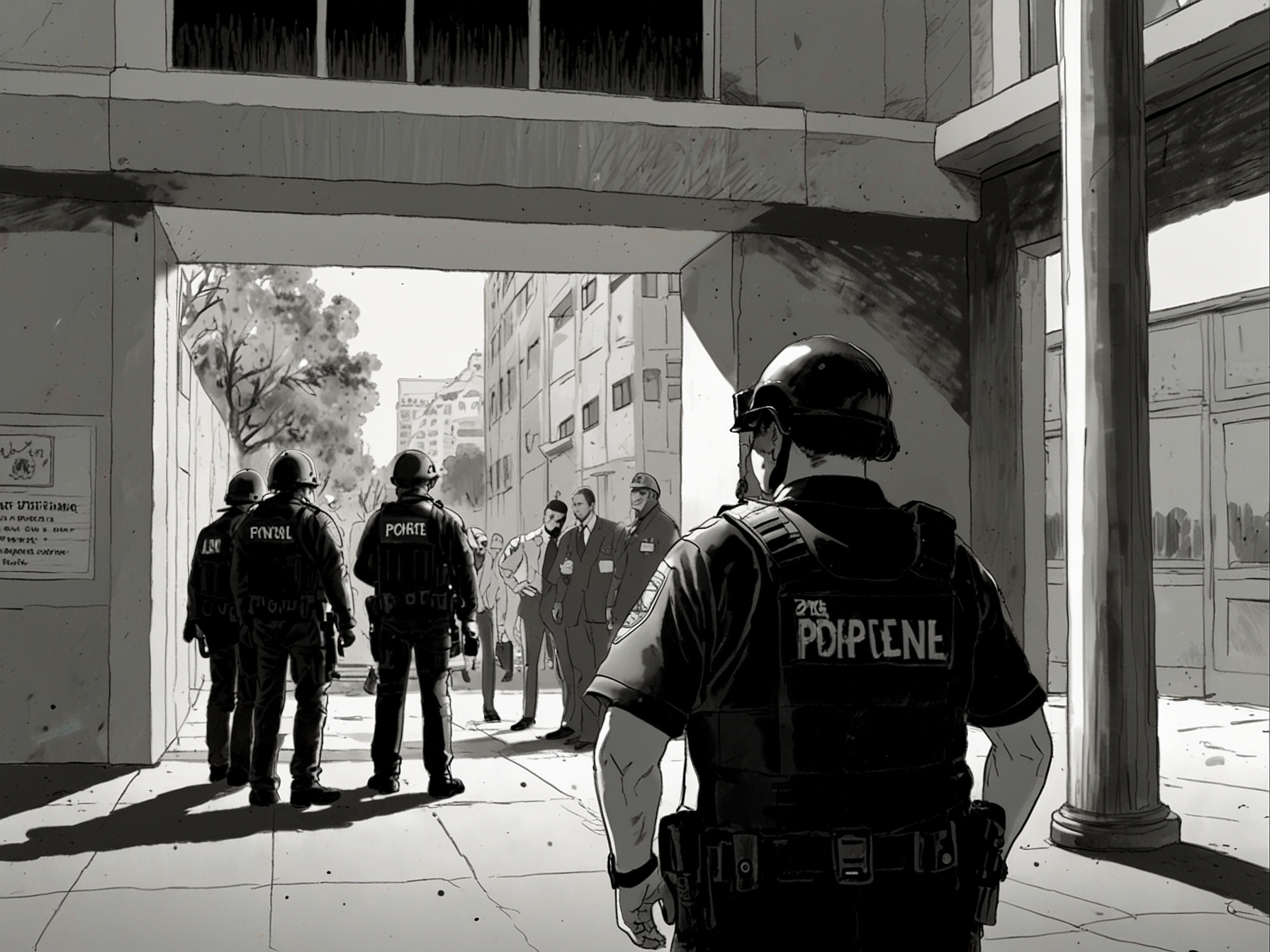Understanding the Recent Threats Against Trump Appointees
Several top nominees for Donald Trump’s administration faced violent threats recently. Bomb threats and swatting incidents caused significant alarm. These threats raise serious questions about safety. How far can political tensions go?
The threats reportedly came during a tense political climate. As the President-elect’s team prepared for a new administration, concerns mounted. This troubling trend reflects a deeper issue within American politics.

Swatting, a dangerous hoax, draws police teams under false pretenses. This tactic poses risks not just for the intended targets but also for first responders. It’s a game with potentially deadly consequences. Are we prepared for the societal implications?
Reactions from Law Officials and the Transition Team
The response from law enforcement was swift. Senior officials confirmed these threats were deemed not credible. Important to note, no physical threats materialized during these incidents. How can authorities improve the detection of similar threats?
Karoline Leavitt, a transition spokeswoman, expressed outrage. She condemned the attacks as “violent, un-American threats.” Such language resonates with supporters and critics alike. It sparks discussions about acceptable political discourse.

Lawmakers like Elise Stefanik experienced the trauma firsthand. She learned of threats while driving home with her family. The police acted quickly, showcasing a coordinated response. Are our institutions prepared to handle such scenarios?
The Broader Context of Political Intimidation
This scenario isn’t isolated. Political violence, threats, and intimidation have become alarming trends. Historically, it’s not uncommon for public figures to face such threats. What does this say about the current state of political discourse?
Many officials, including former Rep. Lee Zeldin, spoke up. He received a bomb threat with political messaging. His family was safe, highlighting the targeted nature of the incident. Will political figures reconsider their roles in light of such risks?

The FBI is actively involved in monitoring these incidents. They recognize the potential for escalation. Federal responses continue to evolve, reflecting the seriousness of the threats. Is there a way to balance security and freedom of speech?
The Impact on the Trump Administration
President Trump’s team responded with assurance and calm. They emphasized the importance of moving forward. In a world rife with danger, maintaining focus becomes essential. Can a government function amid threats of violence?
Some nominees remain undeterred. Pete Hegseth, Trump’s pick for defense secretary, reinforced his commitment. He stated that intimidation wouldn’t change his resolve. This resilience highlights the immense pressures of public life.
As the dust settles, the question remains: What legacy will these threats leave? The implications of these events extend beyond individual experiences. We must consider the future of political dialogue in America.
Personal Perspectives: The Human Cost of Political Threats
How do these threats affect families at home? Behind every political figure is a family who also bears the brunt of intimidation. Brooke Rollins mentioned her own experience, noting the impact of such threats. It’s not just about the nominees, but about their loved ones.
Public service comes at great personal cost. Individuals like Gaetz, Zeldin, and Stefanik face unique challenges. This reality leaves a mark not easily forgotten. What can we do to ensure better protection for public figures and their families?
It’s alarming to think about our political climate. We must ask if public safety can be guaranteed. Are we heading towards a future overshadowed by fear and division? The dialogue must change, or we risk losing more than just civility.




